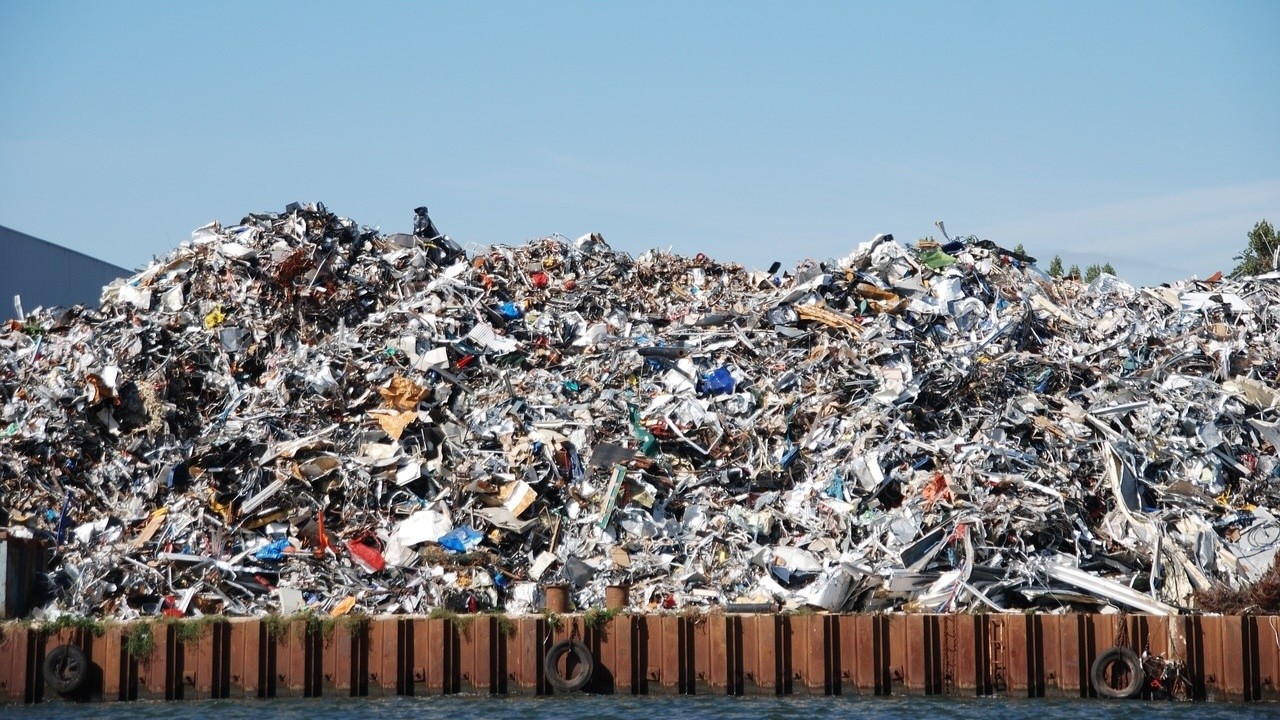(Mike Maharrey, Money Metals News Service) How awesome would it be to dig around in your garbage can and find gold?
Well, that’s pretty much what the British Royal Mint is doing.
No, you won’t find mint employees dumpster diving, but they have developed a process to turn electronic waste into gold and silver jewelry.
The Royal Mint is looking for new revenue streams as the use of coins declines. According to the New York Times, cash use plummeted during the pandemic, and demand for new coins evaporated. Coin production at the mint dropped by about 90 percent last year.
To fill that revenue hole, the mint has turned to garbage. As the NYT put it, the mint “is betting millions of pounds that the key to its survival is the precious metal recovery plant, which started operating in earnest last summer.”
According to the Times, as of 2022, the world had produced 62 billion kilograms of e-waste. Less than a quarter of it had been recorded as collected and recycled.
One Man’s Trash Is Another Man’s Treasure
Did you know your cell phone and laptop have gold in them?
I wouldn’t recommend ripping your phone apart to get the gold. The average cell phone contains about 0.034 grams. That’s worth around $2 at the current gold price. To put that into some perspective, it would take about 41 phones to recover a gram of gold.
A standard laptop contains $30 to $40 worth of gold.
So, no, you’ll not get rich pilfering gold from your electronic devices. But if you had access to a large number of old laptops, well, you’d be in business.
And the Royal Mint is in business.
Mint officials say they expect to process around 4,500 tons of electronic waste annually, including circuit boards from TVs, computers, medical equipment, and cell phones.
Turning Trash Into Gold Jewelry
The Royal Mint has converted a foundry at its complex in Wales into an e-waste collection and processing site.
Smaller circuit boards that have visibly high gold content go straight to the mint’s chemical plant to remove the gold. The rest of the waste goes into a “depopulation machine.” This slowly rotating cylinder heats the circuit boards to 446 degrees. This process melts the solder, freeing individual components from the circuit boards.
Very little waste goes to waste in this process. Metals, including iron, nickel, and copper, are sold to scrap metal markets. Plastics and other materials are shredded and turned into building materials.
The gold is easily removed from the circuit boards using a patented solution that oxidizes the metal and makes it soluble. Another chemical process reverts the gold into a solid powdered form. The powder is then melted at above 2,012 degrees and then cooled to form gold nuggets that are sent to another site where they are refined to 99.9 percent purity.
Once it is purified, the gold is returned to the mint, where it goes through a sequence of heating and cooling cycles (annealing) to make the metal more malleable. It is then hand-formed into jewelry at the mint.
Silver jewelry is produced through a similar process.
The Royal Mint named its line of jewelry “886,” the year the mint first began producing coins. Products include necklaces, bracelets, earrings, and rings.
Mike Maharrey is a journalist and market analyst for MoneyMetals.com with over a decade of experience in precious metals. He holds a BS in accounting from the University of Kentucky and a BA in journalism from the University of South Florida.

